Multimodal pain relief - Using multiple “keys” to open the path to a gentle recovery after surgery
During the surgical journey, anesthesia and pain control play a central role in determining the patient's experience. It is not only a technique, but also a humanistic philosophy that "every surgery must be a gentle journey, without the fear of pain".
Multimodal analgesia is a modern pain management strategy in which doctors combine different drugs and techniques to achieve optimal pain relief instead of relying on just one method. It can be imagined as “using many keys to lock the door of pain”, helping to control pain more effectively, minimize side effects and reduce the need for morphine - a group of drugs that has many potential risks for patients.
Hong Ngoc General Hospital is comprehensively implementing modern multimodal pain relief methods and individualizing each patient. Master, Doctor Nguyen Thi Dung - Department of Anesthesia and Resuscitation - shared: "Before each surgery, the anesthesiologist will directly examine and listen to the wishes of each patient.
At the same time, the anesthesia team closely coordinates with interdisciplinary teams, discussing thoroughly with surgeons and rehabilitation doctors to develop a personalized pain relief regimen, suitable for the patient's medical condition and individual needs."
Performing thousands of surgeries each month in many different specialties such as obstetrics and gynecology, major gastrointestinal surgery, orthopedics, or pediatrics,... anesthesiologists always understand that there is no general formula that can be applied to all.
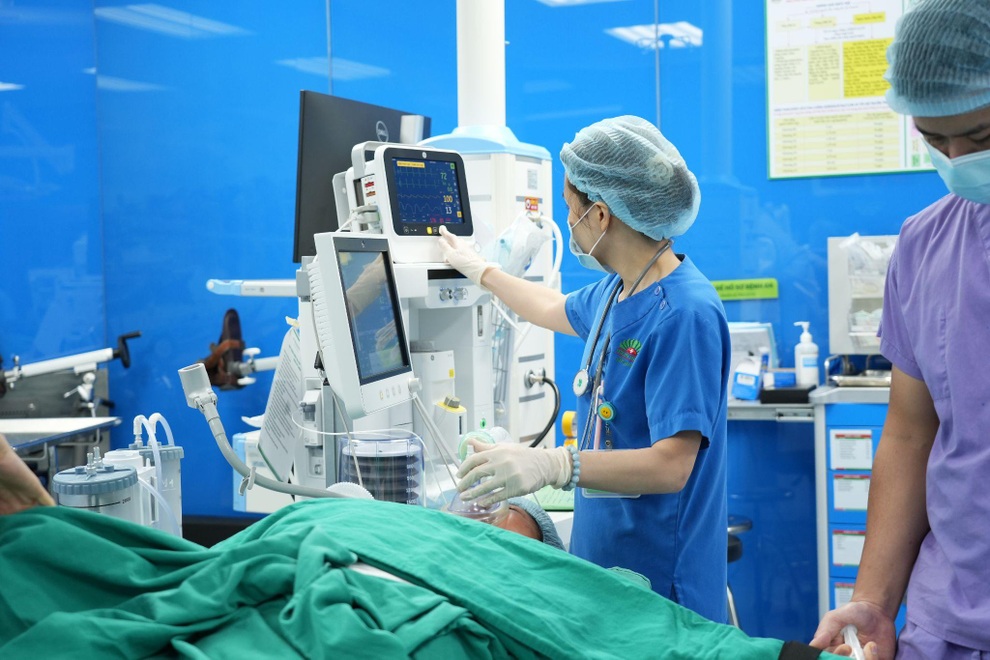
Hong Ngoc General Hospital applies multimodal and individualized pain relief for each surgery.
A typical example is orthopedic trauma - a group of surgeries that are considered to have a high level of pain, especially when the patient has multiple joint replacements. In this case, the anesthesia team at Hong Ngoc General Hospital will choose the solution of placing a peripheral nerve catheter to control the pain.
This technique works by injecting anesthetic around the nerve, interrupting the signal to the brain. This effectively controls pain, reduces the need for systemic painkillers, limits unwanted side effects and allows patients to confidently move soon after surgery.
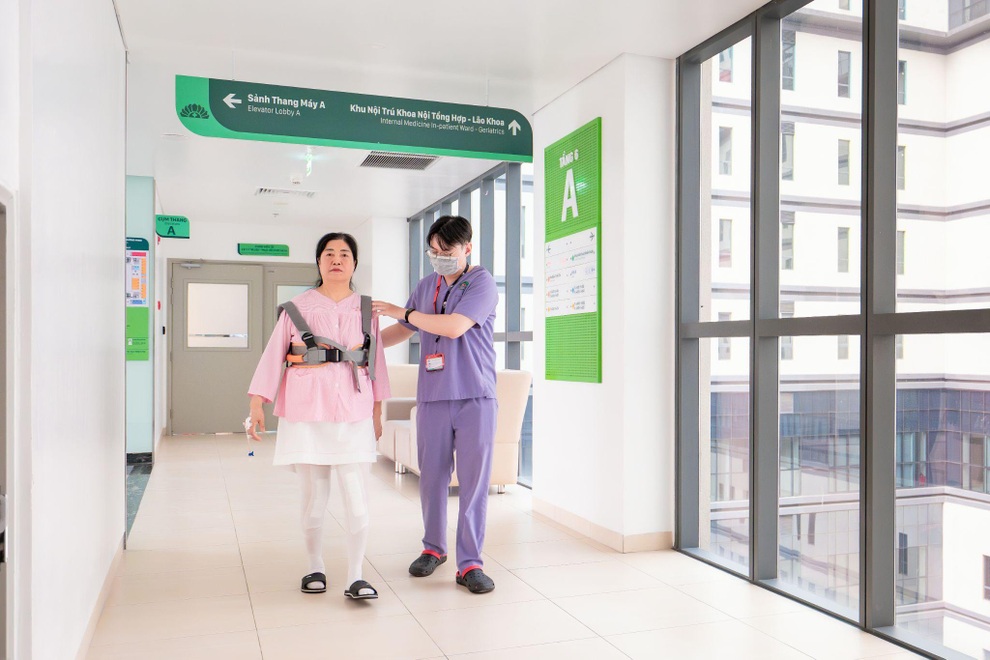
The patient with 2 joint replacements was able to walk after 2 days thanks to less pain.
Another typical example is in major digestive surgeries - a group of surgeries that potentially pose a high risk of postoperative complications if pain control is not effective, the most common of which is collapsed lung.
To prevent this condition, the anesthesiologist team flexibly uses many different methods such as epidural anesthesia, or chooses safer alternatives such as quadratus lumborum block or abdominal block when the patient has contraindications (for example, using anticoagulants). Thanks to this, the patient is both effectively relieved of pain and ensures safety, thereby quickly recovering breathing and movement.
Multimodal analgesia is the key to "painless" surgery.
ERAS Early Recovery Program - The Standard in Early Recovery Surgical Care
Postoperative pain can seriously affect the recovery process. Therefore, pain treatment is not simply a matter of choosing a pain relief method, but needs to be comprehensively implemented in all three stages: before - during - after surgery.
Each link in this roadmap plays a key role, and when combined, it creates a synergistic effect, becoming the foundation of the ERAS (Enhanced Recovery After Surgery) model.
Originating in Europe, the ERAS model has rapidly spread around the world , revolutionizing modern surgery and becoming the gold standard in early recovery care.
At Hong Ngoc General Hospital, ERAS is implemented synchronously according to a systematic roadmap: Before surgery, patients are consulted, assessed for general condition, prepared for nutrition and instructed on exercise to reduce anxiety and improve physical condition. During surgery, doctors apply multimodal anesthesia and pain relief, choose minimally invasive techniques, control fluid infusion and maintain stable body temperature.
After surgery, patients continue to receive continuous and individualized pain control, are encouraged to move and eat early, and are closely monitored to detect and promptly handle complications.
MSc. Dr. Nguyen Thi Dung - Department of Anesthesia and Resuscitation - shared: "It is also our great pride to be able to directly contribute to the success of the surgery and the patient's early recovery process."

The hospital stay of the ERAS group was shortened by nearly 2 days compared to standard care (Photo: Report from JAMA Network Open, 2024).
The synchronous application of multimodal analgesia and ERAS protocol has brought about clear results: patients recover faster, hospital stay is shortened, and treatment costs are reduced.
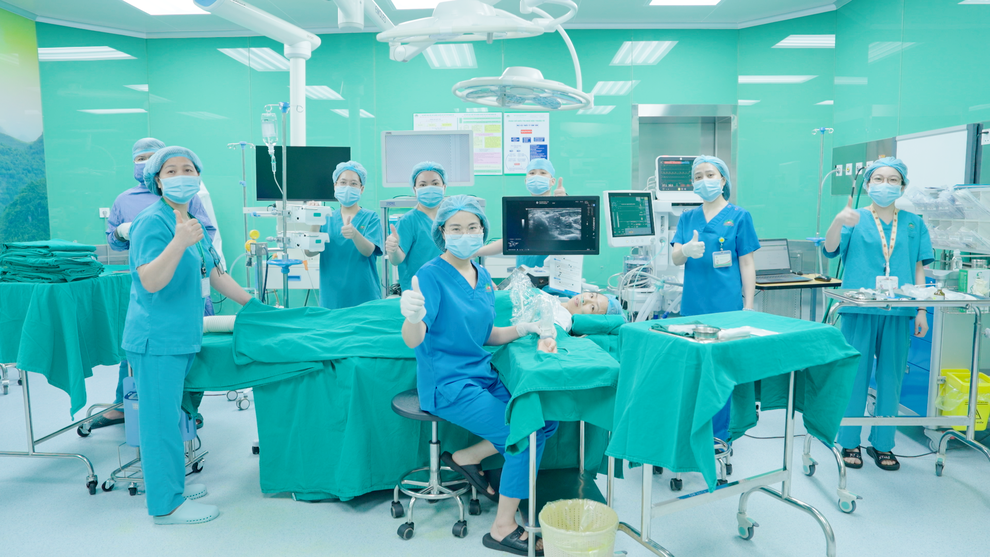
Hong Ngoc General Hospital aims for painless surgery.
The presence of this model at Hong Ngoc General Hospital shows a new trend developing in Vietnam: “painless surgery” is no longer a concept but has become a reality.
Source: https://dantri.com.vn/suc-khoe/giam-dau-da-mo-thuc-va-lo-trinh-hoi-phuc-som-eras-giai-phap-cho-phau-thuat-khong-dau-20250908102216647.htm


![[Photo] Immerse yourself in the colorful musical world of “Secret Garden Live in Vietnam”](https://vphoto.vietnam.vn/thumb/1200x675/vietnam/resource/IMAGE/2025/10/18/1760805978427_ndo_br_thiet-ke-chua-co-ten-41-png.webp)


![[Photo] Closing ceremony of the 18th Congress of Hanoi Party Committee](https://vphoto.vietnam.vn/thumb/1200x675/vietnam/resource/IMAGE/2025/10/17/1760704850107_ndo_br_1-jpg.webp)
![[Photo] General Secretary To Lam attends the 95th Anniversary of the Party Central Office's Traditional Day](https://vphoto.vietnam.vn/thumb/1200x675/vietnam/resource/IMAGE/2025/10/18/1760784671836_a1-bnd-4476-1940-jpg.webp)
![[Photo] Collecting waste, sowing green seeds](https://vphoto.vietnam.vn/thumb/1200x675/vietnam/resource/IMAGE/2025/10/18/1760786475497_ndo_br_1-jpg.webp)


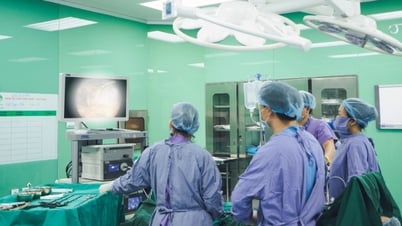
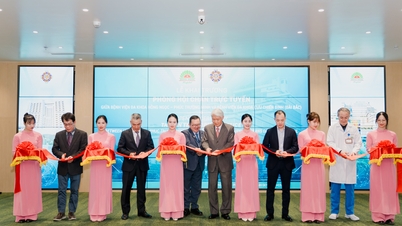










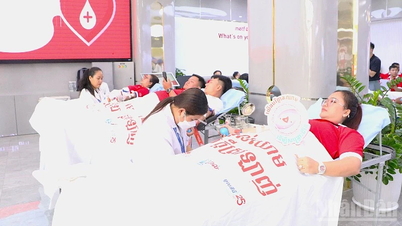








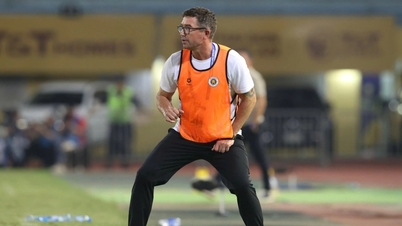
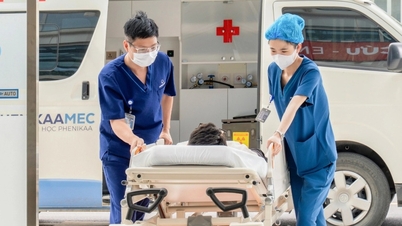








































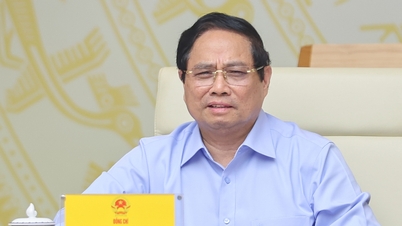






























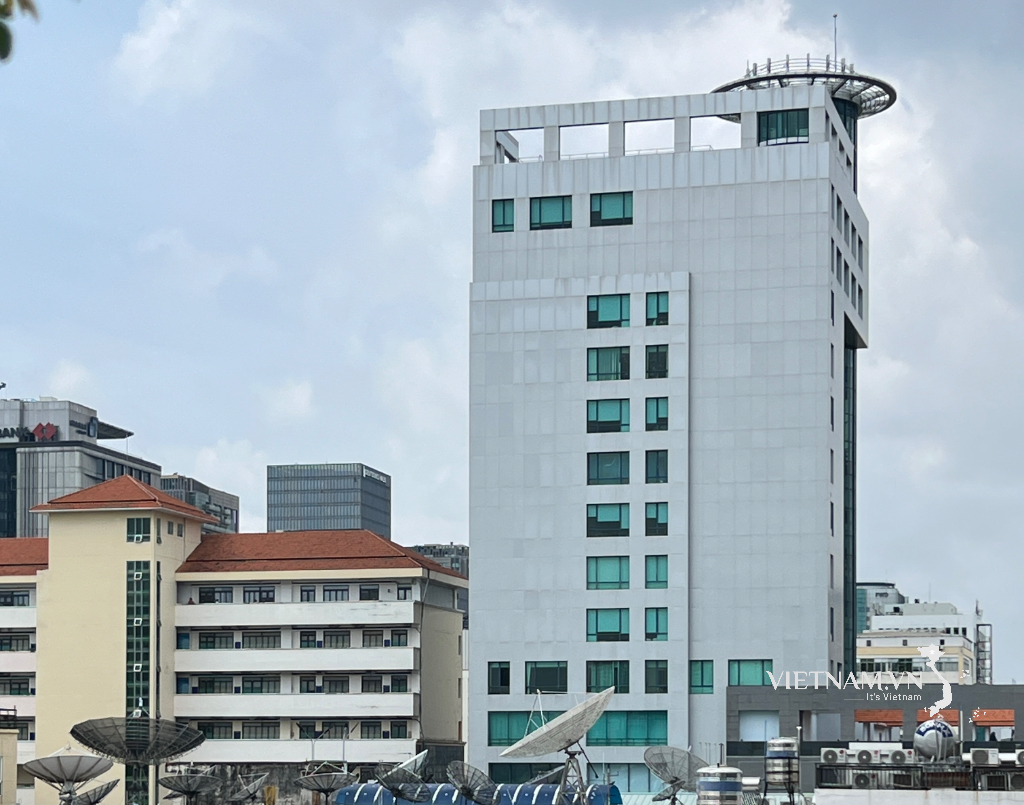
Comment (0)